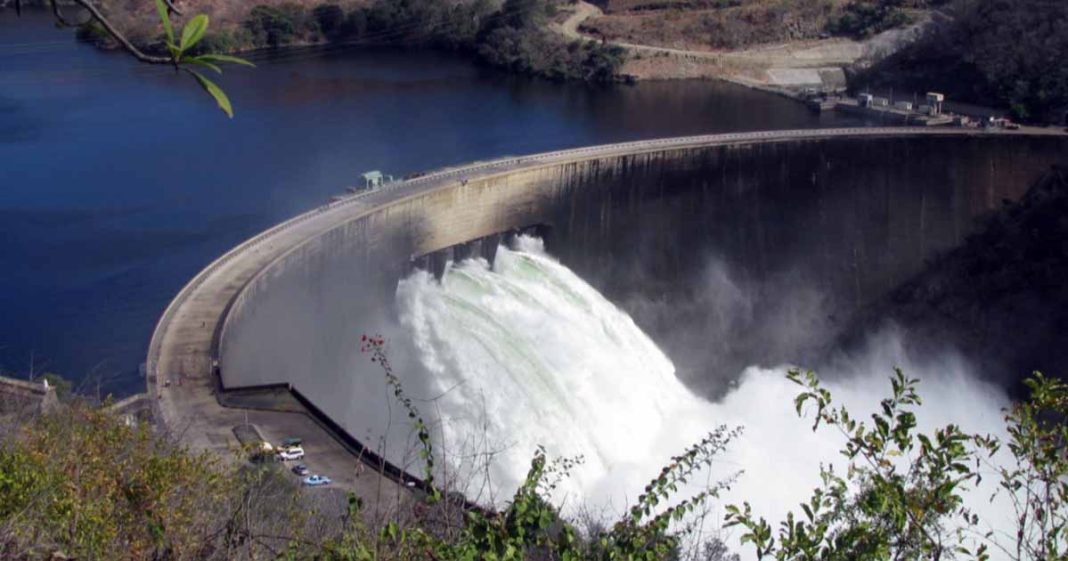Water and Power Development Authority (WAPDA), after a hiatus, has started working on five dams-cum-hydropower projects besides building two mega dams, Mohmand and Diamer Basha to meet the country’s growing water needs.
Sources told APP that the under construction hydropower projects included Dasu, Keyal Khwar, Kurram Tangi, Warsak power and Mangla rehabilitation initiatives. Similarly, they said currently scores of hydropower projects were under operation of WAPDA which were providing thousands of megawatt cheap hydel electricity to the national grid.
The projects which were currently under operation included Kurram Garhi Hydropower, Chitral Hydropower, Dubar Khwar, Golen Gol, Tarbela, Tarbela 4th Extension, Mangla, Neelum Jhelum, Ghazi Barotha, Jinnah, Rasul, Chashma, Dargai Khan Khwar, Allai Khwar, Satapara, Renala, Shadiwal, and Chichoki hydropower schemes.
"The Water and Power Development Authority (Wapda) is executing several megaprojects including the Diamer Bhasha Dam, Dasu Hydropower Project and Mohmand Dam at a total cost of $26 billion".
Muzammil Hussain, Chairman Wapdahttps://t.co/gPai69OHHe
— PTI (@PTIofficial) November 11, 2021
Moreover, the future hydropower projects intended to enhance water storage capacity and power generation were Akhori Dam, Basho Hydropower, Chitral Power Enhancement, Hingol Dam project, Lower Palas Valley, Lower Spat Gahm Middle Palas Valley hydropower, Murunji Dam project, Patan, Tank Zam Project, Shyol Dam, Tungas hydropower, Upper Palas Valley Hydropower, Upper Spat Gah Hydrower and Yulbo hydropower projects.
The hydropower projects were suitable and economic sources of generating emission less power that were enabling the country’s energy mix to become both environment friendly and self-sufficient.
Read more: Pakistan’s 1980s policy failures are responsible for today’s Energy Crisis: Chairman WAPDA
Moreover, the water experts and environmentalists have urged the government to increase the share of clean and environment friendly energy projects to increase the country’s water storage capacity, emissions less energy, green jobs for local communities and ensure climate resilience of the country.
Courtesy: APP














